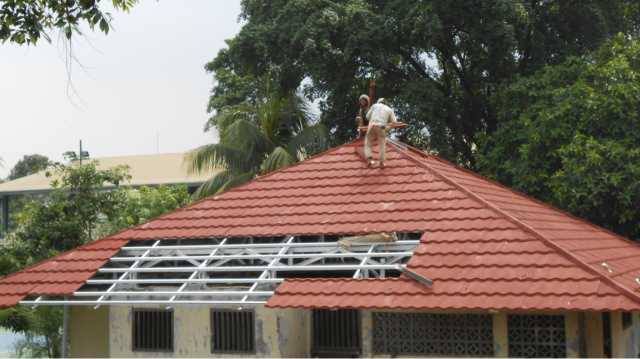Metal roofs are becoming increasingly popular due to their durability, longevity, and energy efficiency. However, improper installation can lead to significant issues and costly repairs down the line. In this article, we will discuss common metal roof installation mistakes to help homeowners and contractors avoid these errors and ensure a successful and long-lasting metal roof.

1. Importance of Proper Planning and Preparation
The first step in a successful metal roof installation is thorough planning and preparation. From measuring the roof accurately to choosing the appropriate metal panels and accessories, every detail counts. One of the most common mistakes is failing to properly assess the roof’s condition and structural integrity before installation. Neglecting these crucial steps can result in inadequate support, leaks, or even roof collapses.
2. Inadequate Roof Deck Preparation
The roof deck serves as the foundation for the metal roof. Unfortunately, many installation mistakes occur during this crucial phase. Inadequate roof deck preparation can lead to poor attachment, uneven installation, and increased risk of water infiltration. Properly inspecting and repairing the roof deck, ensuring it is smooth, clean, and free of any damages or irregularities, is essential for a successful metal roof installation.
3. Improper Fastening Techniques
Proper fastening techniques are crucial for the stability and longevity of a metal roof. Inadequate or incorrect fastening can result in loose panels, wind uplift, and leaks. Using the wrong type or size of fasteners, insufficient fastener spacing, or improper fastening pressure are common mistakes that compromise the roof’s integrity. It is vital to follow the manufacturer’s guidelines and industry best practices for fastening metal panels securely and correctly.
4. Lack of Attention to Expansion and Contraction
Metal roofs expand and contract with temperature changes. Neglecting to account for this movement during installation can cause stress on the panels, resulting in buckling, warping, and seam separation. Properly allowing for expansion and contraction through appropriate panel spacing, expansion joints, and flexible flashing is essential to prevent structural damage and water infiltration.
5. Inadequate Sealing and Flashing Installation
Proper sealing and flashing installation are critical for preventing water penetration and ensuring the roof’s watertightness. Common installation mistakes include improper placement of sealants, insufficient sealant application, or failure to install flashing correctly around roof penetrations such as chimneys, vents, or skylights. Inadequate sealing and flashing can lead to leaks, water damage, and compromised roof performance.
Conclusion:
When it comes to metal roof installation, avoiding common mistakes is essential to ensure the roof’s longevity and performance. Proper planning, thorough roof deck preparation, correct fastening techniques, accounting for expansion and contraction, and meticulous sealing and flashing installation are key factors to consider. By understanding these potential pitfalls and adhering to industry best practices, homeowners and contractors can avoid costly errors and enjoy the benefits of a well-installed and durable metal roof.



Leave a Reply